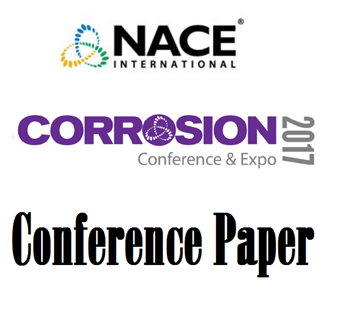Search
Products tagged with 'stress'
View as
Sort by
Display
per page
04151 High Strength Fasteners for Subsea Applications
Product Number:
51300-04151-SG
ISBN:
04151 2004 CP
Publication Date:
2004
$20.00
A Novel Method for the Enhanced Kill of Sulfate Reducing Microorganisms
Product Number:
51320-14412-SG
Publication Date:
2020
$20.00
Atmospheric Stress Corrosion Crack Growth Rate Analyses of Austenitic Stainless Steel
Product Number:
51317--9408-SG
ISBN:
9408 2017 CP
Publication Date:
2017
$20.00
Effect of Applied Stress on the Selective Oxidation of Alloy 600 Exposed To PWR Primary Water and Rhines Pack Environments
Product Number:
ED22-17328-SG
Publication Date:
2022
$20.00
Measurement of Internal Coating Stresses of MIL-PRF-23377 Top Coated with MIL-PRF-8528
Product Number:
41215-884-SG
Publication Date:
2015
$20.00
Measurement of Internal Coating Stresses of MIL-PRF-23377 Top Coated with MIL-PRF-8528
Product Number:
41216-954-SG
Publication Date:
2016
$20.00
NACE Publication 1F192-2013, "Use of Corrosion-Resistant Alloys in Oilfield Environments"
Product Number:
24010-SG
Publication Date:
2013
$179.00







